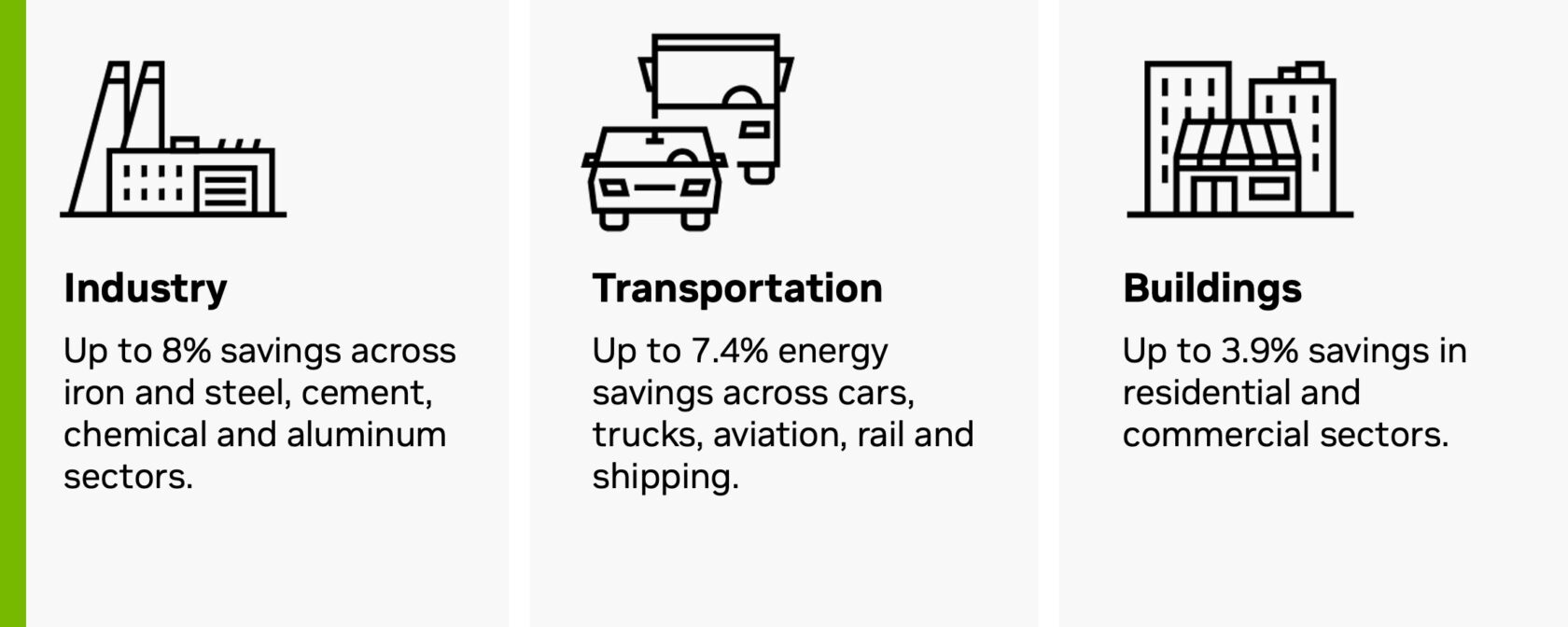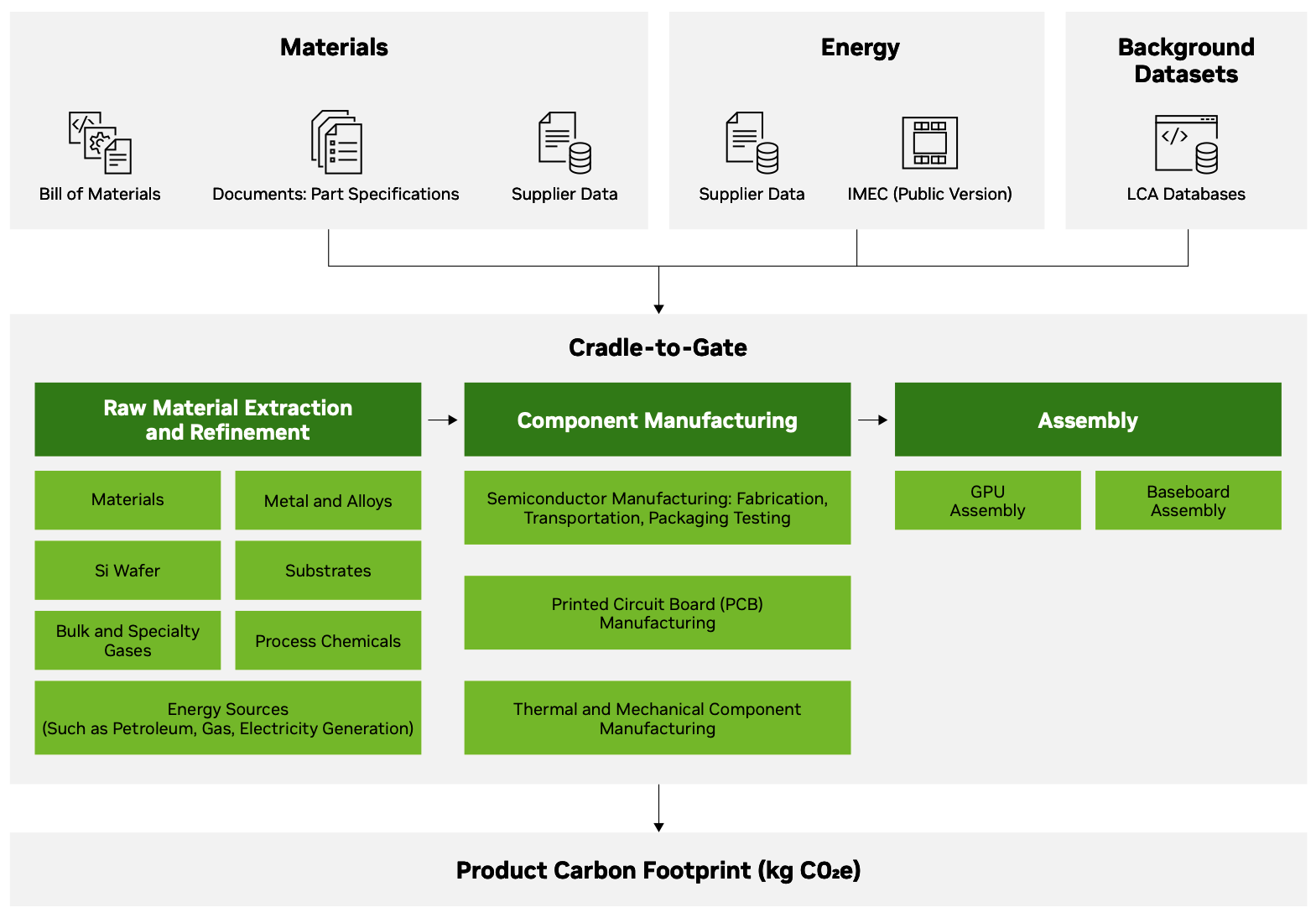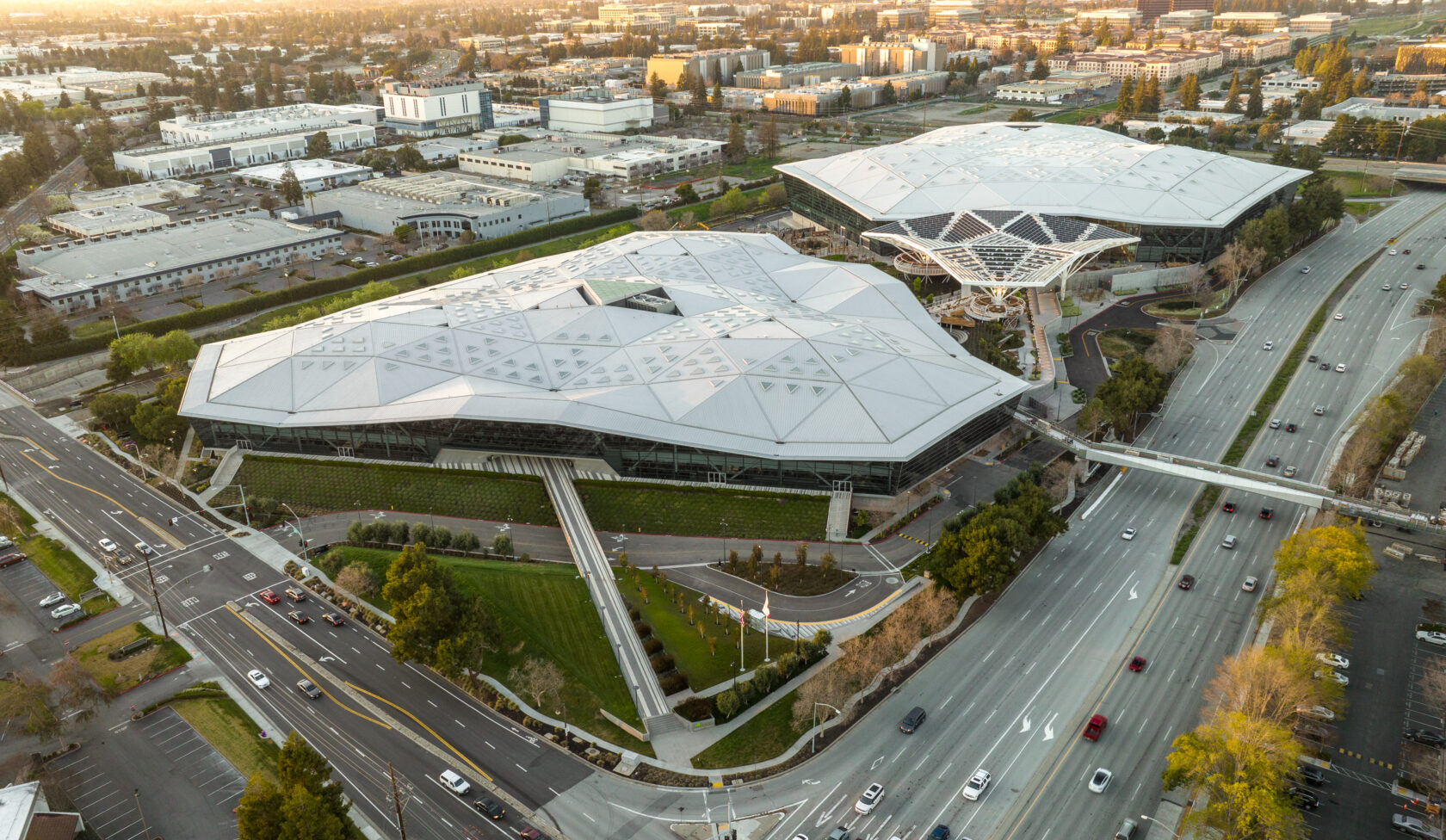Energy efficiency in large language model inference has improved 100,000x in the past 10 years — demonstrating that accelerated computing is sustainable computing.
At Climate Week NYC, taking place through Sept. 26 in New York City, NVIDIA is showcasing how accelerated computing is propelling the sustainable energy transition and advancing climate research.
The summit brings together researchers, startups, scientists, technologists, nonprofits and policymakers to discuss bold ideas for climate action. This year’s theme is energy: where it comes from, how to scale it and how AI can optimize the grid in newfound ways.
Throughout the week, NVIDIA will be highlighting its own innovative climate technologies, as well as a pair of recently published product carbon footprint reports on the emissions intensity of NVIDIA GPUs.
AI Usage Isn’t Black and White — It Can Actually Be Green
AI can play a critical role in stabilizing energy grids by pinpointing anomalies at a rapid rate. These timely insights can allow operators to respond to issues efficiently before they affect the larger grid.
Forecasted AI-Induced Energy Savings Across Energy-Intensive Sectors by 2035
| Sector | Subsector | 2035 AI Energy Savings (%) | 2035 Demand: Reference Case Scenario (in petajoules) |
|---|---|---|---|
| Industry | Iron and Steel | 3 | 1,160 |
| Industry | Cement | 4 | 500 |
| Industry | Chemicals | 2 | 10,440 |
| Industry | Aluminum | 4 | 260 |
| Industry | Paper | 2 | 1,860 |
| Industry | Other | 8 | 13,650 |
| Transportation | Light commercial vehicles | 6 | 8,160 |
| Transportation | Heavy duty trucks | 3 | 3,670 |
| Transportation | Cars | 3 | 4,460 |
| Transportation | Buses | 6 | 1,690 |
| Transportation | Aviation | 4 | 3,120 |
| Transportation | Shipping | 4 | 940 |
| Transportation | Rail | 7 | 530 |
| Buildings | Residential | 1 | 4,780 |
| Buildings | Non-residential | 4 | 1,760 |
According to Net-Zero America Project’s calculations, if AI applications are fully adopted, nearly 4.5% of projected energy demand in 2035 will be saved across the three most energy-intensive sectors — industry, transportation and buildings.

NVIDIA joined a Climate Week panel discussion on AI: Powering a More Productive Energy Future yesterday following the release of Center for Strategic and International Studies findings on AI and energy. Panelists included Crusoe Energy Systems, a company that builds and operates clean computing infrastructure, and Emerald AI, a startup developing an AI solution to control data center power use during times of peak grid demand.
This discussion centered around how AI will advance sustainability solutions at an unprecedented pace–from responsible grid and power infrastructure scaling to reliable transportation and nuclear energy optimization.
Startup Ecosystem Advances AI Energy Efficiency, Sustainability Projects
Emerald AI, a NVIDIA NVentures portfolio company, is collaborating with NVIDIA on a recently unveiled NVIDIA Omniverse Blueprint for building high-performance, grid-friendly and energy-efficient AI infrastructure.
This new reference design enables the transformation of data centers into fully integrated AI factories — optimized so that every watt of energy contributes to intelligence generation.
“As a collaborator on NVIDIA’s reference design for giga-scale AI factories, we’re helping prove that AI compute can be power-flexible,” said Varun Sivaram, founder and CEO of Emerald AI. “It’s a paradigm shift with a massive prize: unlocking 100 gigawatts of untapped power grid capacity and resolving AI’s energy bottleneck while promoting affordable, reliable and clean power grids.”
Emerald AI is a member of the NVIDIA Inception program for startups, within the Sustainable Futures initiative. These companies are pioneering developments in fields such as green computing, sustainable infrastructure, wildlife conservation and more.
Sustainable Futures members Vibrant Planet, FortyGuard, Pachama and Wherobots are also attending this week’s summit.
Decreasing the Carbon Footprint of NVIDIA Products and Operations
NVIDIA is continuously working to decrease its own carbon footprint.
Its first product carbon footprint summary comparison was recently released — revealing a 24% reduction in embodied carbon emissions intensity between NVIDIA HGX H100 and HGX B200 baseboards.

NVIDIA will continue to publish product carbon footprint summaries of newly released products to spotlight improvements in energy efficiency and sustainability.
In terms of NVIDIA’s physical footprint, all offices and data centers under the company’s operational control run on 100% renewable energy — and carbon-free electricity is purchased to cover 100% of the company’s leased data centers’ footprint.

Applying AI to Climate and Weather Research
High-resolution, AI-powered weather models are helping strengthen energy systems and reduce vulnerability to unpredictable climate events.
When used to support energy grid stability, these simulations can help utilities more precisely direct maintenance crews to remove obstacles close to power lines ahead of storms.
AI-driven climate models are also poised to increase the adoption and usage of renewables across the energy grid by lowering costs and ramping up efficiency.
With these climate models, grid operators can accurately determine factors like the amount of power wind turbines will generate on a given day, or how much energy collected in solar batteries will need to be saved to compensate and keep a city’s lights on and stable.
These insights can help energy providers manage load and lower the cost of adopting renewables, presenting a path forward to decarbonize the grid.
The NVIDIA Earth-2 platform offers tools, microservices, and reference implementations that help developers build applications to simulate and visualize weather and climate predictions at a global scale.
Work powered by Earth-2 is featured on an array of panels at Climate Week, including Columbia University’s GenAI for Climate Science, AI for Energy and Energy for AI, Where the Internet Lives, Presented by Google, and the AWS Climate Tech & AI Forum.
Learn more about NVIDIA Earth-2 and sustainable computing solutions.

